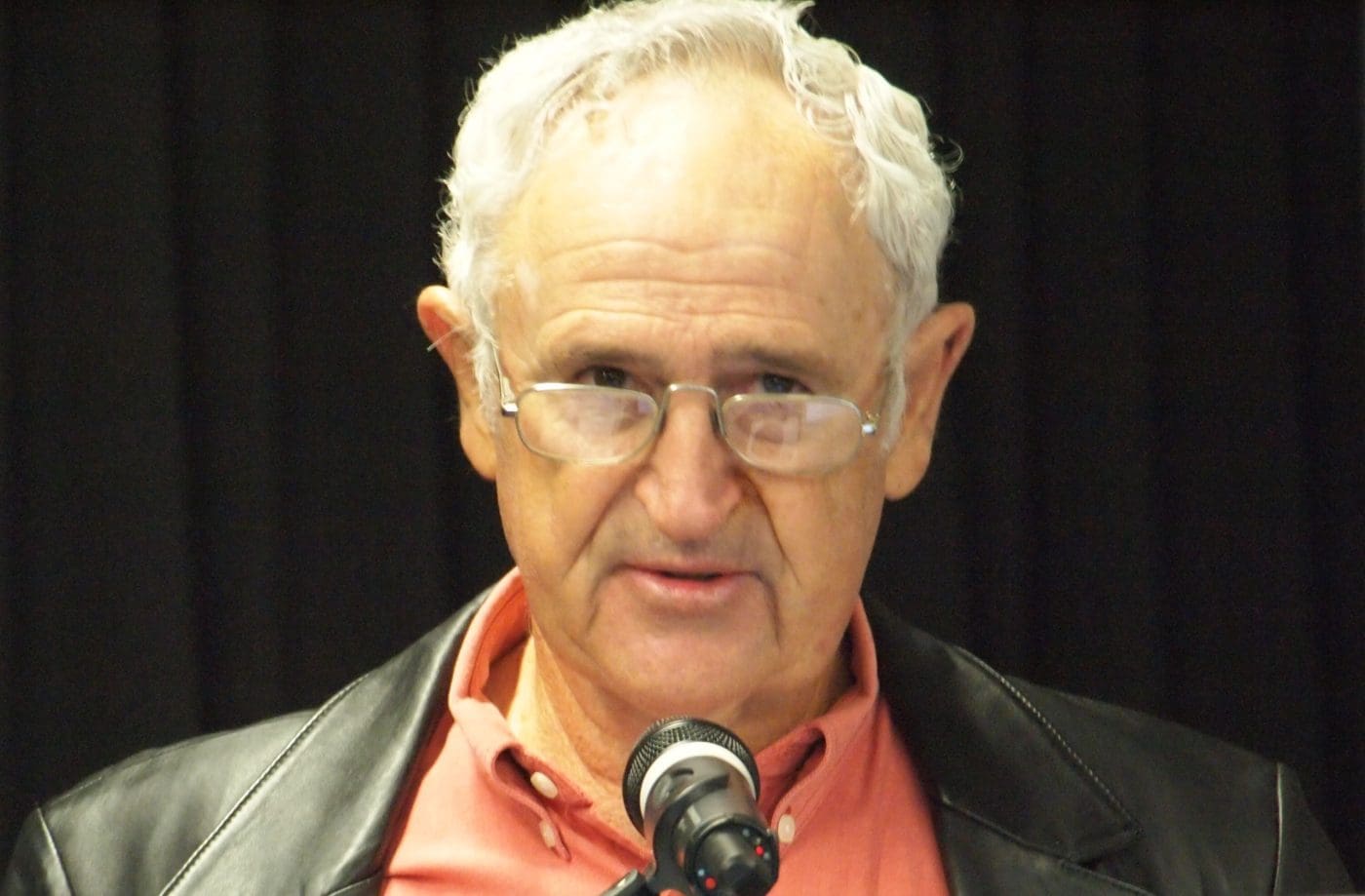This opinion article on the grassfed cattle industry restructure process has been submitted by Central Queensland cattle producer and member of the grassfed cattle industry restructure Implementation Committee, Ashley McKay
Given that Australians in general, and mum and dad cattle producers in particular, will not trustingly buy something, or enthusiastically support something that they cannot see, cannot understand when the cost is unknown, the rules are uncertain, and no one can accurately describe the animal; I am somewhat surprised that (Cattle Council of Australia president) Howard Smith and (Implementation Committee independent chair) Troy Setter, both of whom share duties with me on Barnaby Joyce’s Implementation Committee (IC), have been quoted urging support for the new Cattle House, when at this stage it ticks all of the above boxes of unknowns and uncertainties.
When Minister Joyce formed the Implementation Committee there were seven Senate Recommendations on the table, which included three critically important concepts:
- The new body would directly receive all of the $60 million plus grassfed levy;
- Every grassfed levy payer would be identified;
- Every grassfed levy Payer would automatically receive voting entitlements.
Later, page 97 of a Senate record confirms that the Government would determine whether the new body would receive all or part of those levy funds.
The same page of that report confirms that “the new body would primarily be funded through the statutory grassfed levy”.
Unfortunately, the government in its wisdom has retreated and tell us that the new “Cattle House” will not receive any direct levy funds at all.
This Government decision means that “Cattle House”, instead of being financially powerful, independent and secure, as was originally envisaged, will now have to exist on handouts from the likes of MLA, RMAC, perhaps sponsorship from corporations and as recently mooted, membership fees.
Remember the $500,000 the Government has provided only gets us through the next 12 months or so establishment phase and does not provide ongoing funding for “Cattle House”.
Some IC members have made the point that the processors and live exporters already receive and control all of their levies through a two-company system and to deny that same right to cattle levy payers is not only a gross and obscene discrimination, but betrays the spirit of the Senate Recommendations.
So far, the quest to identify all of the levy payers has been met with a mixture of resistance and indifference.
Likewise, the issue of automatic voting entitlements to all levy payers, which many of us believe is the holy grail, essential element, for “Cattle House” to succeed, must continue to be loudly demanded by every mum and dad cattle producer, or some forces will push for all members to pay a separate fee to join up.
The IC has made progress, much of it delayed by the failure of Government to fund the task, but much more has to happen before “Cattle House” can become reality.
MLA gets some $60 million plus per year of grassfed cattle levies and RMAC holds some $40 million of accumulated levies in a fund.
These are the same two entities that the Senate Committee judged as failing the levy payers.
It is time for all producers to become vocal and demand that the Government reconsider its decision that gives our levies to MLA and RMAC to spend as they see fit, while “Cattle House” has to beg for money when MLA has $108.2 million in retained earnings with a surplus this year of $7.5 million.
The IC needs grassfed producers’ support to deliver the organisation the Senate Report envisaged.
The funding, the levy payer identification and automatic voting entitlements were all part and parcel of that Senate Report, and it would be a brave person who argued that these elements were not justified entitlements to the people who had contributed the money,
The politicians need to be lobbied by phone and email to express concern of the back flip.
That decision not only severely impacts “Cattle House”, but it also allows other bodies that the levy payers cannot hold to account, to continue down the same path that the Inquiry found had failed the cattle industry.

